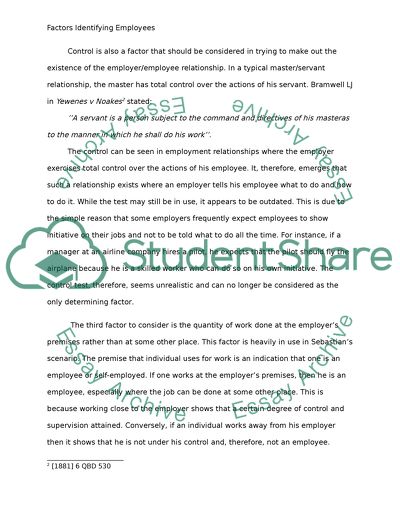Cite this document
(“Taxation Law Essay Example | Topics and Well Written Essays - 2000 words”, n.d.)
Taxation Law Essay Example | Topics and Well Written Essays - 2000 words. Retrieved from https://studentshare.org/law/1632195-taxation-law
Taxation Law Essay Example | Topics and Well Written Essays - 2000 words. Retrieved from https://studentshare.org/law/1632195-taxation-law
(Taxation Law Essay Example | Topics and Well Written Essays - 2000 Words)
Taxation Law Essay Example | Topics and Well Written Essays - 2000 Words. https://studentshare.org/law/1632195-taxation-law.
Taxation Law Essay Example | Topics and Well Written Essays - 2000 Words. https://studentshare.org/law/1632195-taxation-law.
“Taxation Law Essay Example | Topics and Well Written Essays - 2000 Words”, n.d. https://studentshare.org/law/1632195-taxation-law.


